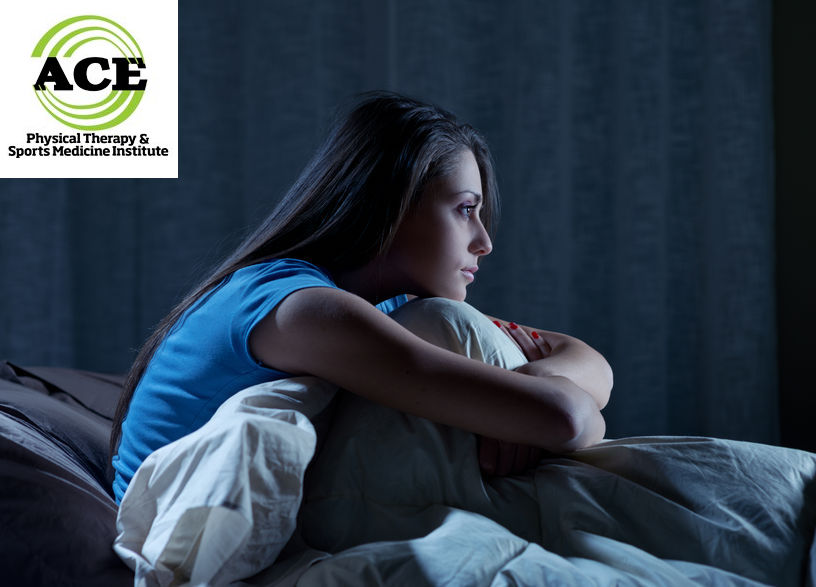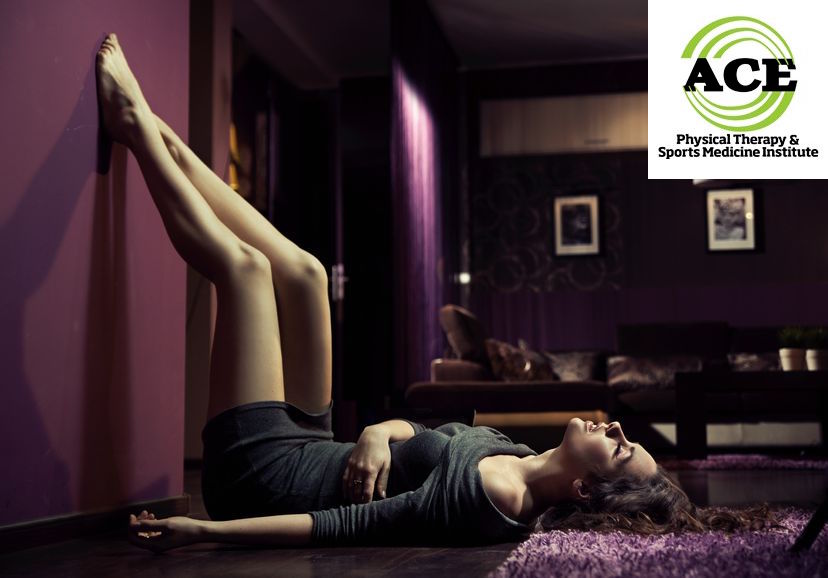PHYSICAL THERAPY FOR RESTLESS LEG SYNDROME

Tid Bits of Info
- 10-20% of the population complains of RLS symptoms.
- Extreme daytime fatigue can be the condition that causes someone with RLS to seek medical help.
- RLS can become a medically diagnosed sleep disorder that is labeled Periodic Limb Movement Disorder (PLMD).
- Symptoms of RLS occur when someone is at rest and they resolve with movement.
- Seek the advice and treatment of a Physical Therapist if you have symptoms RLS.
People suffering from Restless Leg Syndrome (RLS) may experience pain or itching in the muscles, jerking and jittery limbs, and a general discomfort in the legs or other limbs. RLS can interrupt sleep and cause overall discomfort during times of relaxation. This neurological condition has no known cause or cure. It is considered a movement disorder and has primarily been treated with medicine, but some lifestyle changes including more physical activity during the day might be the best way to manage the condition.
Symptoms of “pins and needles”, itchy, numbness, tugging and possibly an intense urge to move a leg are common to RLS or Willis-Ekbom disease. People of differing ages and both sexes suffer from this condition. While there is no known cause, genetics (>50% of the people presenting with these symptoms report that a family member deals with the same symptoms), high alcohol or caffeine use, pregnancy and some medications that treat a host of conditions can trigger a negative response and outcome. RLS diagnosis is made via a cluster of symptoms and not a single test.
Patients might deal with restless leg symptoms for years prior to a positive diagnosis by a qualified healthcare professional. Extreme daytime fatigue is a common indicator of RLS. Many patients complain of not sleeping well during the nighttime hours due to the abnormal sensation/feeling in their legs.
Medication is a common solution. Doctors have prescribed the drugs commonly used to treat Parkinson’s disease and other movement disorders. Now people are realizing how a shift of physical lifestyle might help reduce or eliminate symptoms. Researchers at University of Pittsburgh have demonstrated that people who maintain a healthy, strong and active lifestyle are less prone to experience symptoms of RLS.
Healthcare professionals have begun to prescribe patterns of a healthy, active lifestyle for persons suffering from RLS to reduce the severity of the symptoms. Too often, people with RLS are sedentary during the entire day and this leads to a decrease in blood flow. Sitting and standing in one place for an extended period of time can lead to static blood flow in the legs. Gaining weight and being over-weight can increase the hydrostatic pressure in the lower extremities. The decrease in blood flow reduces the amount of richly oxygenated blood to all of the tissues of the lower extremity. This might lead to lower oxygen levels in the tissues of the lower extremities and cause an abnormality in tissue response. Any abnormality might cause an irregular neural transmission and lead to the symptoms of RLS.
Physical Therapist help patients with RLS by devising exercise programs that are reasonable and able to be performed on a daily basis. The sedentary lifestyle of many RLS patients is hard to alter in many instances. The program will include elevating their legs for at least one hour at night time and they will be advised to do it as often as possible. They will be encouraged to isometrically contract the leg muscles when they are elevated to help move the blood out of the lower extremities and promote a healthy exchange of richly oxygenated blood with blood that has metabolic by products in it. The patient experiencing symptoms of RLS is instructed to perform cardiovascular exercise on a daily basis for at least 30 minutes. Patients might walk, run, bike or use a machine such as an elliptical or rowing machine. Some patients benefit from an aggressive massage but they have to rely on someone else to perform the treatment.
Seeking treatment from a Physical Therapist is simple and does not require a visit to your doctor. Physical Therapists are licensed healthcare providers that are able to evaluate and treat your condition without a doctor’s prescription for Physical Therapy services.
RLS is a condition that effects people of regardless of age or sex. The symptoms can be mild to severe and the increased intensity of the symptoms leads the person to seek medical help. There are no known causes and treatment usually consists of medication and exercise. Patients that have RLS have indicated that being physical can help to reduce their symptoms.


























Legs bottom sensation while rest on bed and unable to sleep which is affecting my health day by day. Does anyone else have similar issue and how were they able to get relief?